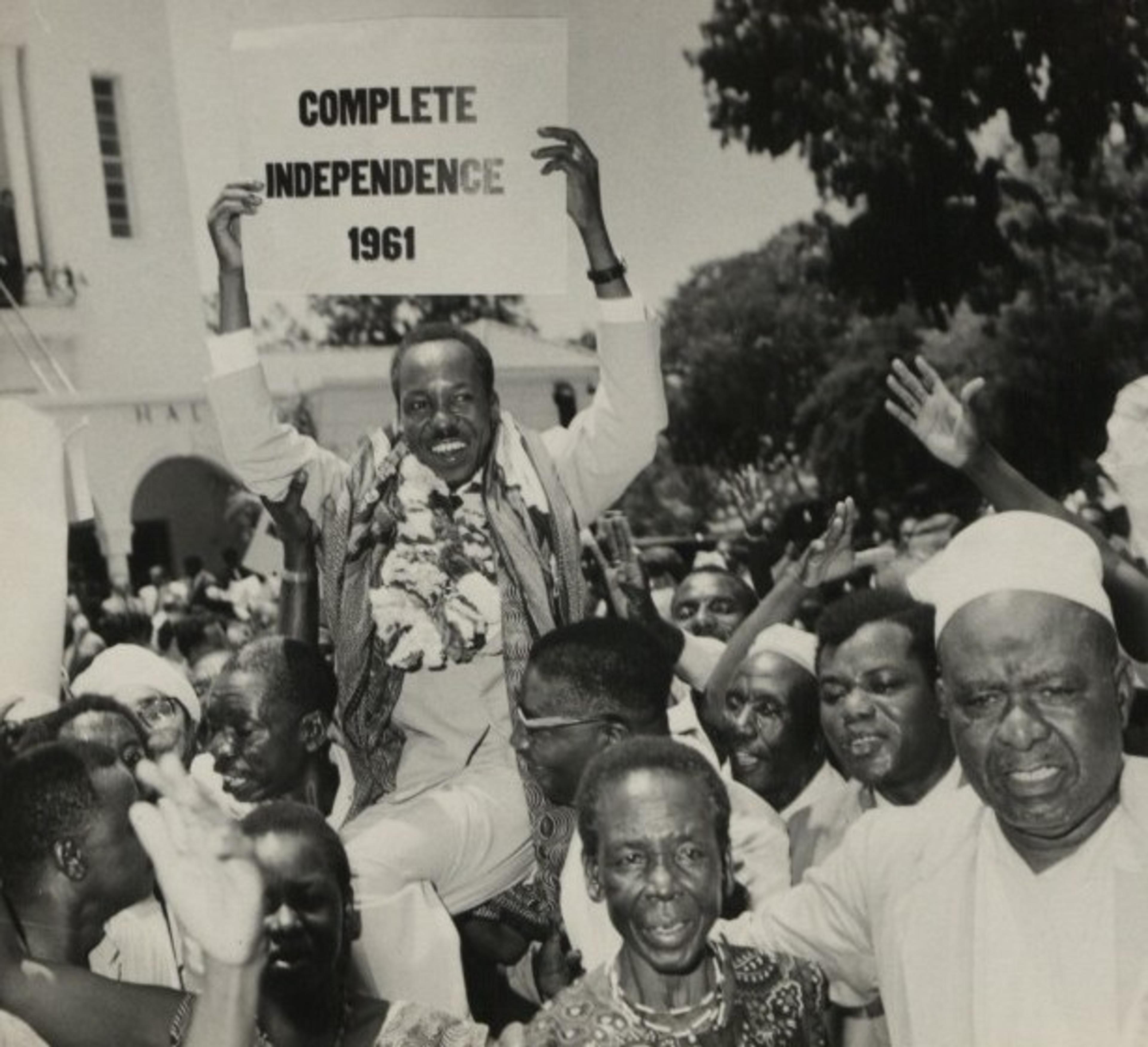Arts of Africa
The Brooklyn Museum collection of African art is among the nation’s largest and most comprehensive. Especially notable are its works from Central and West Africa dating from the 3rd century through today.
Highlights
Purview
The Arts of Africa collection includes works from the Western Sudan to the Somali Peninsula, with particularly strong holdings from West and Central Africa as well as important works from southern Africa. Artworks from North Africa in the Brooklyn Museum can be found in either the Egyptian, Classical, and Ancient Near Eastern Art or Arts of the Islamic World collection depending on whether they were created before or after Islam was introduced to the region. Some works by African artists from the 20th and 21st centuries are in the Arts of Africa collection, while others can be found in the Contemporary Art, Photography, and Feminist Art collections.
History
In 1900, the first objects from Africa entered the Brooklyn Museum collection; they would become a key part of the Ethnology department that was established in 1903. In 1923, the Museum presented Primitive Negro Art, Chiefly from the Belgian Congo. Though the title features antiquated and problematic terminology, this was the first time that a U.S. museum referred to such objects as art rather than specimens. The exhibition featured objects that curator Stewart Culin purchased largely from European dealers of African art in London, Paris, and Brussels.
Shortly thereafter, a more permanent installation called The Rainbow House filled the Great Hall and remained open for a decade. It featured artworks from Africa, the Indigenous Americas, Asia, and the Pacific Islands, and cemented the Museum’s commitment to collecting and exhibiting non-Western art. The title of the curatorial department changed several times, but artworks from these regions remained largely grouped together for the rest of the 20th century. Arts of Africa became its own department in 2016.
In 1991, a work by Magdalene Anyango N. Odundo became the first of many contemporary African artworks to be acquired as a complement to the historical collections.
Today, curators of Arts of Africa are working on a years-long project to reinstall the collection in brand-new galleries. The reinstallation will present a fresh take on the past, present, and future of art from the African continent.
Related exhibitions
Stories and resources
- Product
The Coloring Book of African Art Through the Ages

- Resource
Timeline of Independence
This timeline provides an overview of Africa’s fifty-four nations, plus one disputed territory, on their journey to independence and the decades following decolonization.
- Resource
Disguise: Masks and Global African Art

In This Collection Area
Standing Male Figure
Zande
Standing Female Figure (Buti)
Teke
Figure of a Standing Female (Pindi)
Mbala
Single Head Goblet (Mbwoongntey)
Kuba
Palm Wine Cup (Mbwoongntey)
Kuba
Headrest
Kuba
Ceremonial seat (ngundja)
Chokwe
Ceremonial Staff (Kibango)
Luba
Ceremonial Staff (Kibango)
Luba
Ceremonial Staff (Kibango)
Luba
Ceremonial Staff (Kibango)
Luba
Stool
Bongo






